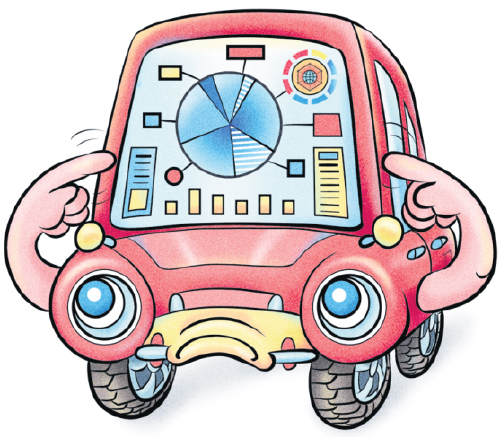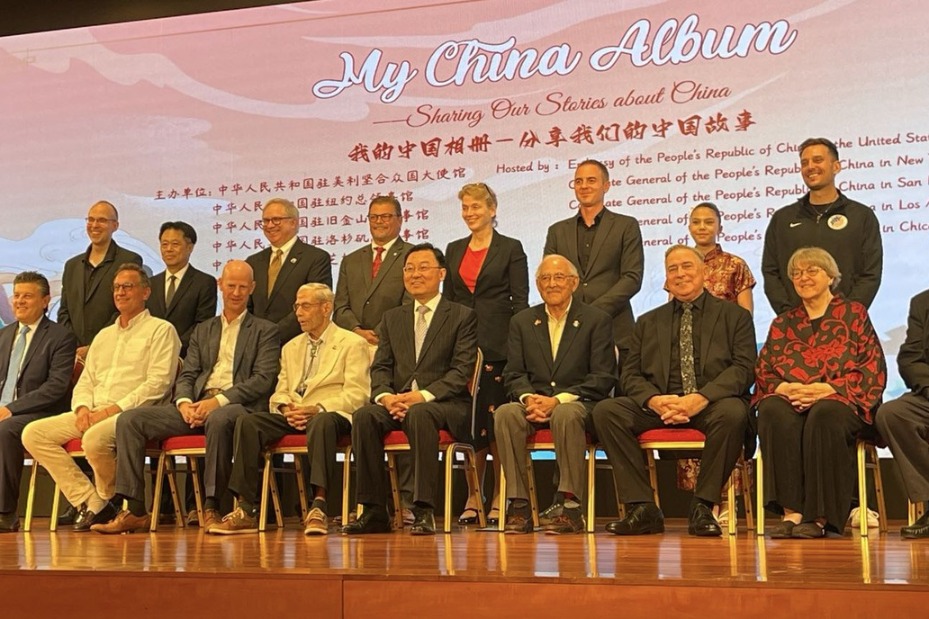Winning ACES
By MAO ZUYI | China Daily Global | Updated: 2020-07-23 08:29

Novel coronavirus is accelerating the transformation of China's auto industry
Since 2018, China's automotive sector has experienced increasing disruptive forces, with a continual contraction in vehicle sales and changing consumer behaviors contributing to mounting turbulence across the industry. The novel coronavirus outbreak has dramatically added to the pressures, with significant impacts being felt throughout the value chain. Auto companies have directed their focus on managing the immediate aftermath of the outbreak, but the pandemic itself may prove to be the catalyst to drive the sector forward. In order to survive, the industry must accelerate its transformation-toward new retail business models, innovative products, technology adoption and the advancement of strategic collaboration.
As China strived to contain the novel coronavirus early this year, cities went into lockdown and passenger vehicle sales sharply declined. As the country has come out of the lockdown, the market has experienced a V-shaped growth curve, with April sales ending 21 consecutive months of decline, a direction that continued throughout the second quarter. Consumers have steadily returned to dealerships, spurred on by government consumption stimulus policies, pent-up demand and a desire to avoid public transportation. Notably, premium brands have fared considerably better than low-cost counterparts, achieving 4.4 percent sales growth in the second quarter compared to the-26.2 percent of mass market players, according to the China Passenger Car Association.
This point is also evident in the new energy vehicle (NEV) segment, with leading premium brands experiencing strong results in the second quarter. Other players, however, have struggled to survive the challenge, with severe cash flows issues forcing the shuttering of factories and employee layoffs. It is likely that further consolidation of NEV players is set to occur in the second half of this year, as renewed investor emphasis has been placed on NEV companies demonstrating financial viability. This is of particular importance to a select group of companies aiming to move toward Initial Public Offerings (IPOs) across the medium term.
This underlying trend has highlighted the value of branding in the marketplace, with leading players gaining market share, while others are struggling to develop solid traction with consumers. In response to the challenge, auto companies have rapidly deployed digital solutions to provide consumers with invisible touch points. A proliferation of online campaigns with virtual reality showrooms and live demonstrations have enabled companies to interact with customers outside regular hours and broaden their brand appeal. Consumers have readily accepted these new initiatives, as they offer greater interactive access, while providing a higher level of convenience and ensuring personal health.
Integrating the experience between offline and online is now seen as a priority, with companies transforming the application of data to offer customers a tailored experience and provide a seamless end-to-end journey. Innovation in after-sales services, such as door-to-door pickup and delivery, interior disinfection services, warranty extensions and connecting dealers to customers directly online, have all added value to leading brands. The experiences of the last several months will likely prompt auto companies to accelerate their efforts to consolidate their online and offline sales channels to build new retail models, gradually establishing user engagement structures and online capabilities. In the long run, as consumer habits are set to change, both automakers and dealers will have to continue to embed these new initiatives.
NEV players are perhaps pioneers in this space, as they operate without the well-established scale and structure of traditional manufacturers. This provides a level of agility to respond to market trends and consumer preferences with speed and innovation. NEV makers have centered their go-to-market strategy on higher levels of control of the customer journey. In general, they avoid franchised dealers, instead preferring to self-manage a limited number of flagship stores, located in areas of high density such as top-end shopping malls. These stores offer customers exclusive and interactive spaces to connect with the brand and products.
The focus on customer experience is maintained when designing the products and services. Leading NEV players offer customers 24/7 national service assistance and charging infrastructure. New models are becoming more connected, sharing data back to the original equipment manufacturer to allow for increased monitoring of vehicle performance and quality. A key factor in the decline of certain NEV players is the lack of product and service quality and innovation, causing a lack of critical customer mass, driving inefficient and costly operations. As a result of the novel coronavirus outbreak, leading players are now placing greater importance on cost containment measures to validate their approach in the marketplace.
Given the government's strong stance on the importance of the automotive sector, product innovation will maintain its swift pace. The advancement of 5G technology infrastructure will allow both traditional automakers and new entrants to further develop autonomous driving technology. The technology will continue to be applied progressively with a focus on safety rather than a giant leap to Level-5 automation, with better prospects for widespread use in unmanned delivery by driverless vehicles, such as mining trucks and long-distance logistics.
The recent release of these policy measures indicates that the future of the automotive industry in China is based on ACES(autonomous, connected, electric and shared). Global automakers view China as the lighthouse for innovation, which is why recent large-scale investments have centered on the strategic establishment of new cooperative partnerships between global and local OEMs, traditional automakers and tech-based players. These new ventures focus on the research and design of new ACES products and technologies, with an acknowledgment that no single player has the capability to develop and control all aspects, as well as the fact that collaboration reduces cost and effort redundancies.
Transforming traditional business models to provide customers with innovative products and new approaches to retail will require significant investment in capabilities. It will be necessary for companies to continuously break new ground, whether to provide customers a connected and personalized experience, or to develop products fit for the Chinese market. Nonetheless, the outlook for future transformation remains strong.
The author is a senior partner of EY consulting practice and a leader of EY Greater China Automotive sector. The author contributed this article to China Watch, a think tank powered by China Daily. The views do not necessarily reflect those of China Daily.
























